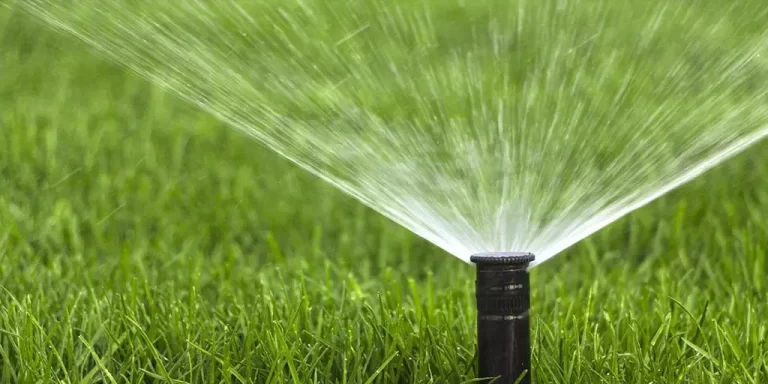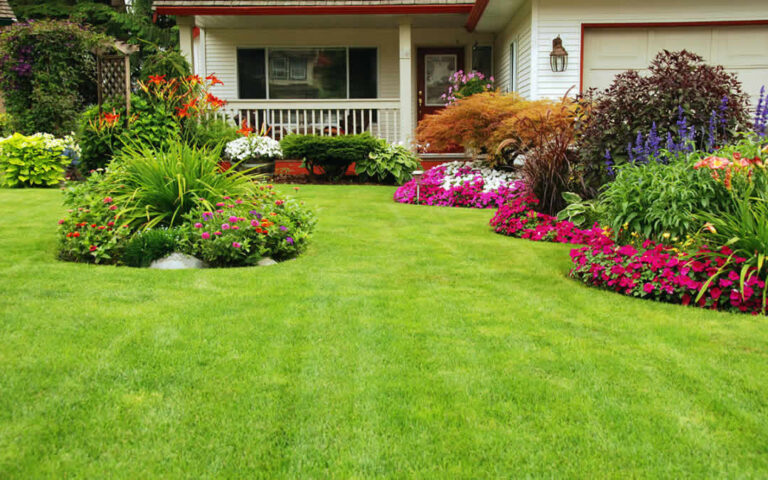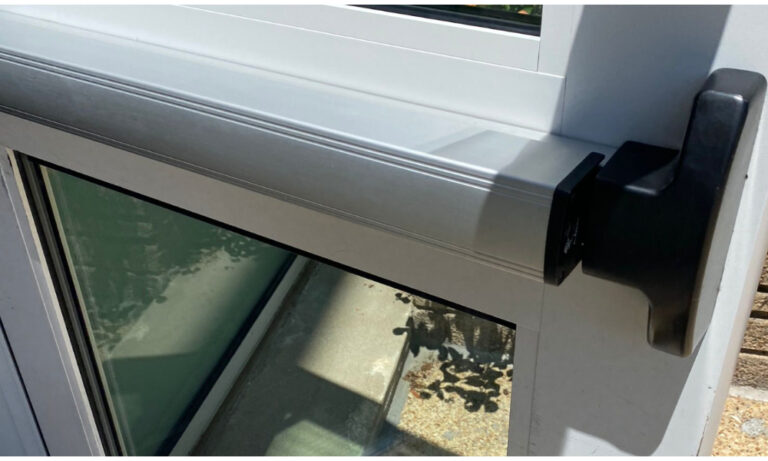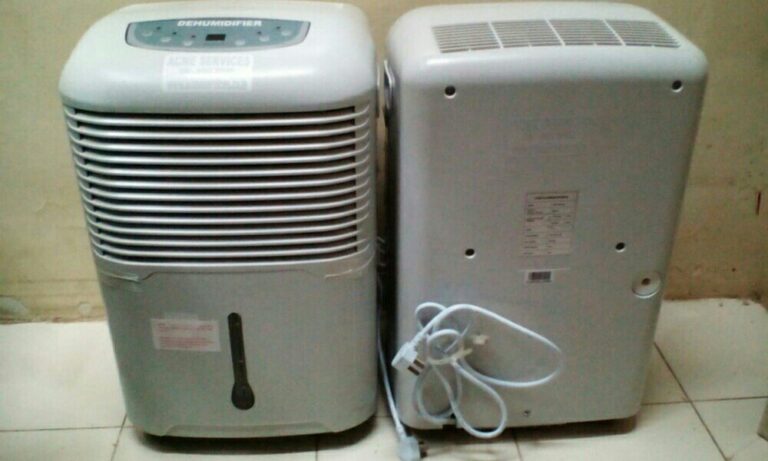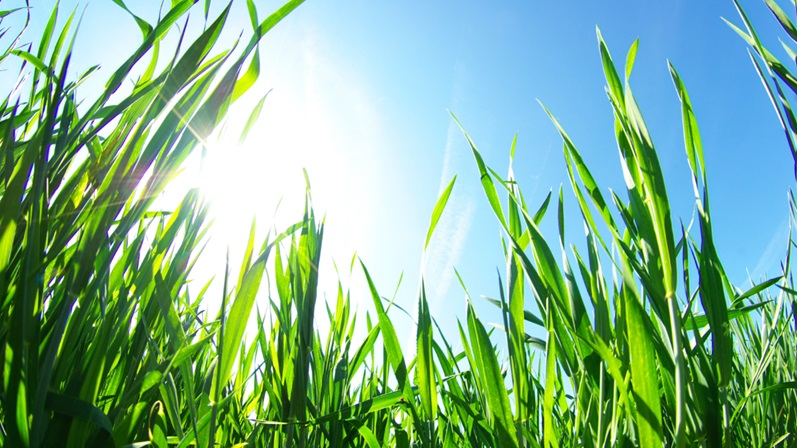
A well-manicured lawn is one of the most attractive features of any home. However, achieving that perfect lawn requires choosing the right type of grass based on your climate, soil type, and maintenance habits. In this article, we will explore some of the different types of lawn grasses available to help you make an informed decision.
Cool-Season Grasses
Cool-season grasses are best suited for regions with cooler temperatures and moderate rainfall. These grasses grow vigorously during the spring and fall seasons but can go dormant during hot summers or cold winters. Some common cool-season grasses include:
1. Kentucky Bluegrass
Kentucky bluegrass is a popular cool-season grass known for its fine texture and beautiful blue-green color. It thrives in areas with moderate to high rainfall and prefers well-drained soil. This grass is commonly used in residential lawns, parks, golf courses, and athletic fields.
2. Perennial Ryegrass
Perennial ryegrass is another cool-season grass that germinates quickly and forms a dense turf. It has a dark green color and is often used as a temporary cover crop or overseeding for warm-season lawns in cooler climates. This grass prefers moist, well-drained soil and tolerates a wide range of fertility levels.
3. Tall Fescue
Tall fescue is a hardy, cool-season grass known for its deep roots and drought tolerance. It grows well in areas with low rainfall or poor soil conditions, making it ideal for areas where other types of grass may struggle to survive. The tall blades of this grass create a lush, dense turf that is perfect for outdoor activities.
Warm-Season Grasses
Warm-season grasses are best suited for regions with hot summers and mild winters. These grasses thrive in full sun exposure and require less watering than cool-season varieties. Some common warm-season grasses include:
1. Bermuda Grass
Bermuda grass is a popular warm-season grass known for its durability and ability to withstand heavy foot traffic. It has a fine texture, excellent heat tolerance, and grows rapidly during summer months. Also, this grass is relatively low maintenance and can bounce back from damage quickly.
2. Zoysia Grass
Zoysia grass is another warm-season variety that forms a thick turf with deep roots that help it tolerate drought conditions better than other types of turfgrass. It has excellent heat tolerance but does not do well in shady areas.
3. St Augustine Grass
St Augustine grass is a popular option for homeowners who want lush green lawns without investing too much time or effort into maintenance tasks. This warm-season variety thrives in humid environments, making it ideal for coastal areas or regions with high humidity levels. Lastly, St Augustine grass is a slow-growing turfgrass, so it requires less mowing than other types of warm-season grasses.
Which Type of Lawn Grass is Right for You?
Choosing the right type of grass for your lawn can be a daunting task, but it doesn’t have to be. With a bit of research and patience, you can determine which type of grass will best suit your needs. Consider factors such as climate, soil type, maintenance requirements, and the amount of sun your lawn gets before making a final decision.
And if you already do have a lawn, evaluate the current grass and determine if it needs to be replaced or just given some extra TLC. You may also check out why does my grass look like wheat so you can get more information on how to care for your lawn. With the right type of grass, your lawn will be healthy and beautiful in no time.
Conclusion
Choosing the right type of grass for your lawn can be a daunting task. However, by taking into consideration the above factors and hiring a reputable company for lawn care in Alpharetta can help you have the lush and beautiful lawn that you’ve always wanted. So make sure to do your research and take the time to find the right grass for your lawn. Thanks for reading.



